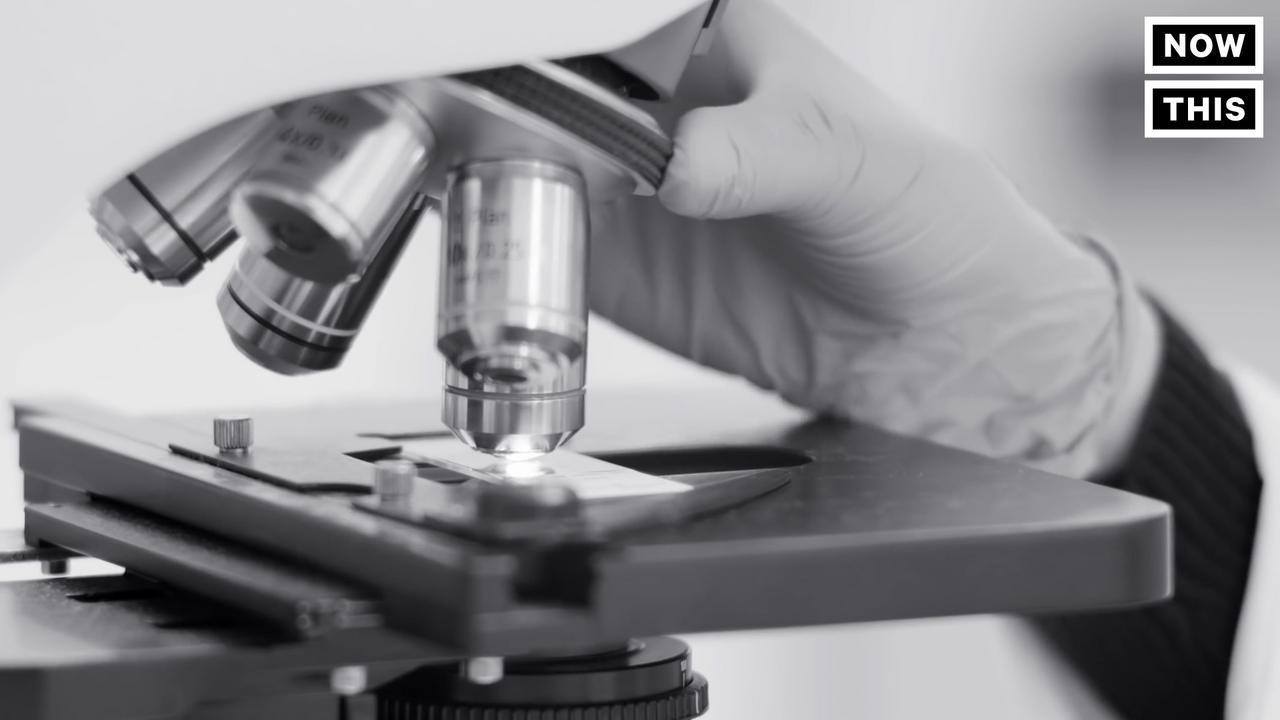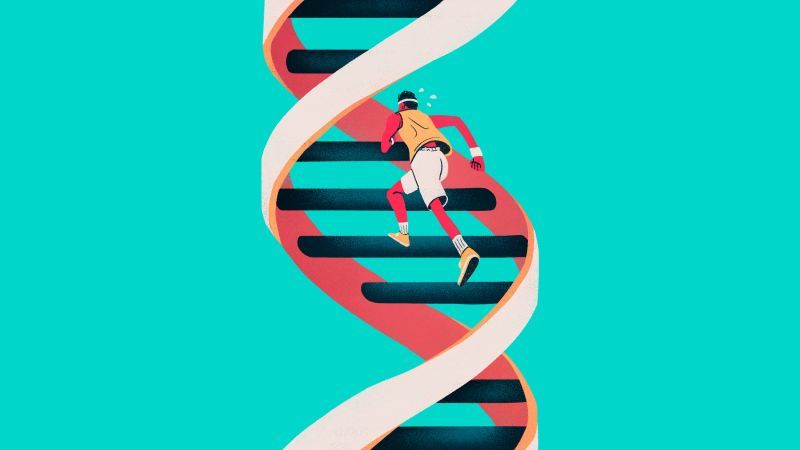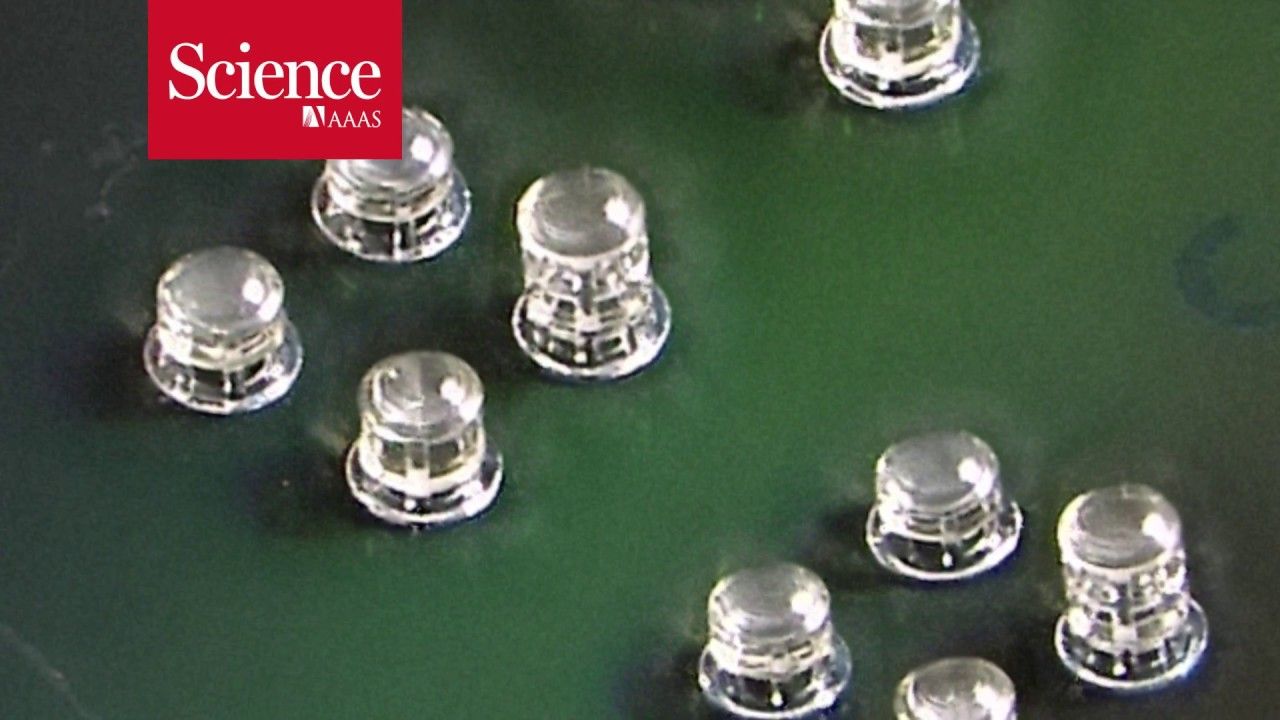Sweden is beginning to look at doing away with physical money in favor of a completely digital currency given that the amount of hard cash and coin in circulation has already decreased by 40 percent. While Sweden’s economy is better equipped to handle such a change, other countries do not share the same ability in infrastructure, and many would be resistant to the increased transparency of digital currency.
Moral implications
Posted in ethics, life extension
Here’s my take on why the overpopulation objection to rejuvenation is morally unacceptable.
In this article, I’ll try to show that the overpopulation objection against rejuvenation is morally deplorable. For this purpose, whether or not the world is overpopulated or might be such in the future doesn’t matter. I’ll deal with facts and data in the two other articles dedicated to this objection; for now, all I want is getting to the conclusion that not developing rejuvenation for the sake of avoiding overpopulation is morally unacceptable (especially when considering the obvious and ethically more sound alternative), and thus overpopulation doesn’t constitute a valid objection to rejuvenation.
I’ll start with an example. Imagine there’s a family of two parents and three children. They’re not doing too well financially, and they live packed in a tiny apartment with no chances of moving somewhere larger. Clearly they cannot afford having more children, but they would really like having more anyway. What should they do?
The only reasonable answer is that they should not have any more children until they can afford having them. Throwing away the old ones for the sake of some other child to be even conceived yet would be nothing short of sheer madness.
Husar, a 38-year-old telecom salesman, had spent most of his life eating the sort of Eastern European fare typical of his native Ukraine: lots of meat, potatoes, salt and saturated fats. DNA Lifestyle Coach suggested his body might appreciate a more Mediterranean diet instead.
Recently, Vitaliy Husar received results from a DNA screening that changed his life. It wasn’t a gene that suggested a high likelihood of cancer or a shocking revelation about his family tree. It was his diet. It was all wrong.
Top 10 signs you might be a genius! Subscribe: https://goo.gl/Hnoaw3
—————————————————————————————-
Other Videos you might like:
10 STRANGE But ATTRACTIVE Things Girls Do https://youtu.be/MTpWZ7albUk
10 Things Guys Do That TURN GIRLS ON https://youtu.be/nsqYBnxtQhs
10 Things Girls Do That TURN GUYS ON https://youtu.be/rAToNz10iyI
Technology can be a catalyst for the creation or destruction of jobs, but historically, it has always ultimately created more opportunities for employment, not less. That’s not stopping many from speaking out against Amazon Go for its potential to increase unemployment, though.
According to Ford, however, the implementation of automation technology is inevitable because it has obvious advantages for both consumers and retailers. “I don’t think we can stop it,” he says. “It’s a part of capitalism, that there’s going to be this continuous drive for more efficiency.”
While many have been focusing on manufacturing and transportation as the industries that will be hardest hit by automation, Amazon Go is an example of how tech that exists right now could replace retail salespersons and cashiers, jobs that had the highest employment numbers in the U.S. in May 2015 according to the Bureau of Labor statistics.
In many ways, the human eye is nothing like a digital camera. Our eyes don’t have a fixed frame rate or resolution; there’s no consistent color reproduction, and we have literal, sizable blind spots. But, these optic inconsistencies — found in every biological eye — are the product of natural selection, and offer a number of benefits which scientists working in digital vision can take advantage of.
Case in point is a new type of 3D-printed lens created by researchers from the University of Stuttgart in Germany. Each lens is made from plastic and is no bigger than a grain of salt. But, their size is only one aspect of their cleverness. The real innovation here is that the lenses mimic the action of the “fovea,” a key physiological feature of the eyes of humans and eagles, that allows for for speedier image processing.








